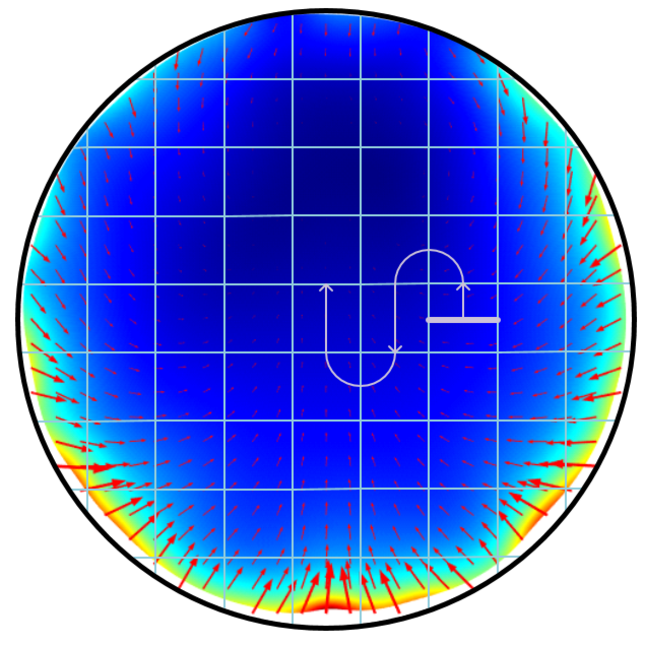Researcher in the Spotlight: Ruben Merks
...the thermally-induced deformation of components will be a major hurdle in the years to come.
I’m Ruben Merks and I’m working in the Control Systems research group of the Department of Electrical Engineering. As the societal demand for faster computing requires ever-increasing photolithographic machine precision, the thermally-induced deformation of components will be a major hurdle in the years to come. Optimal control is often regarded as cost-ineffective and is rarely applied, hence the origin of my research: Control Relevant Modeling and System Design for Thermal Control Purposes.
Finishing first
Performance in any control application is determined by the combined effect of the system design, the modeling procedure and the control design. In many applications, we observe a good system design, construct a relatively accurate model and consider an optimal controller. My hypothesis is that these three aspects should not be viewed as separate problems and that improvements can be achieved by combining them.
As a metaphor, consider a Formula 1 race. In most control applications, a relatively simple controller is designed. This is represented by somebody who can drive on public roads. System design is represented by the selection of an appropriate car. The average driver will not be able to drive an F1 car and it is therefore more appropriate to select a fast road car; however, it is safe to assume that this combination of driver and car will not be able to seriously compete in a Formula 1 race. By considering optimal control without changing the system, we are essentially hiring a talented and very expensive F1 driver to drive the same car. This will improve lap-times but still finish last in any race. We could therefore argue that the full potential of optimal control will never be observed when the system itself remains unchanged. By considering the combined effect of system design and control design, I want to improve the car as well.
Challenging conceptions
For the control of thermally-induced deformations, models are built that contain over 10,000 states. However, it is often not possible to design an optimal controller on the basis of such models due to computational limitations. I am therefore investigating the use of model order reduction in combination with optimal controller design. This field of research is often viewed as ‘solved’ because many well-performing algorithms exist (and are applied). However, a theoretical investigation showed that these algorithms do not perform well in all practical situations. Furthermore, we highlighted some common misconceptions that were around for years and demonstrated substantial improvements.
Becoming essential

From an academic perspective, combining these three aspects means that a number of long-term problems can be investigated and short-term improvements can be made to existing methods. On the industrial side, it can be decided early in a project that a control improvement should be accompanied by adjustments to the system. Improvements to existing techniques, created in academia, should soon be applicable in industry.
I hope that this research will eventually give engineers a better understanding of the interaction between systems, models and controllers. This should help them to determine what is limiting the performance of a given solution, indicate how an improvement can be achieved and determine the best performance. I want to make the next generation of (optimal) controllers a necessity for industry, instead of being ‘nice to have’ as they are today.